


Zack Scott won't be playing Luigi's Mansion: Dark Moon for a while. Or at least, he won't be playing it for the benefit of his 221,000 YouTube subscribers.
Zack Scott makes Let's Play videos, a type of video that combines videogame playthroughs with the hosts' own running commentary. Nintendo recently slapped Scott—and anyone else with "videos featuring Nintendo-owned content, such as images or audio of a certain length"—with a "content ID match."
"Hey folks, big & small," Vella went on to say via Twitter. "It's 2013 and we have so many metrics proving Let's Play/YouTube content is amazing for us all. Let's support them."Rather than having Let's Plays yanked from Youtube for copyright infringement, Nintendo is having their own ads pop up on top of the videos instead.
So, okay. You see this sometimes with reposted music videos, in which case there's no problem. Sometimes a home movie uses unlicensed music, and it will feature a pop-up text ad as well. All right.
But all of this sends an insidious message to the videos' creators: essentially, "Either take this down, or let us profit from it."
Zack Scott elected to take his Nintendo videos down.
The concept of "fair use" is a legal quirk confined to the US. It's a loophole specifically meant for content creators who are sued for copyright infringement (you hear a lot about "fair use" anytime the legality of samples and mash-ups comes up). Put simply, fair use means you've used copyrighted material without actually infringing on the copyright itself.
If you're going to claim "fair use," you have to prove a few things about your work. Chief among these is intent. The new work must be "transformative," not "derivative" (thanks, Wikipedia). You've got to add something to the conversation, here. So in this way the terms of fair use, however murky they may be, do explicitly value commentary and criticism.
As content creator, you also need to prove you have not significantly devalued the original material. If the new work, somehow, markedly diminishes the original work's sales potential, you have infringed on copyright or trademark.
Fair use does not necessarily mean "not-for-profit." If you're staging a fair use defense it helps, in a court of law, to not profit, but as Wikipedia underscores (ahem), plenty of musical acts have been permitted to profit from song parodies.
And with that said, fair use neither disallows new works that have reproduced original works in their entirety. Those new works are harder to defend in court, but they aren't indefensible.
Let's Play footage and other video reviews are defended by fair use, but they aren't protected by fair use. In a real court of law these content authors might do well. On YouTube, though, I'm not sure how they'd do.
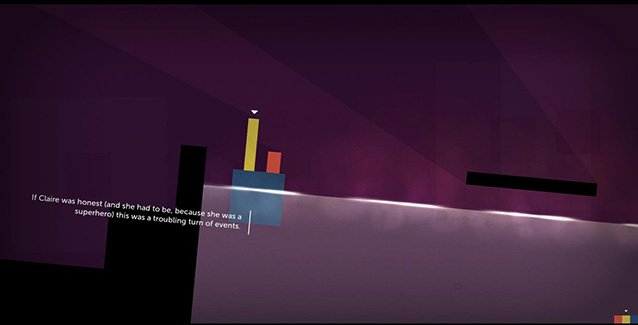
Make no mistake, Zack Scott profits from his Let's Play videos.
A lot of people profit from these videos; an entire cottage industry has developed around YouTube videos. Very, very seldom, a productive, extremely popular YouTube user can produce videos as a full-time career. This is a legitimate, viable source of income. Meanwhile, even a reasonably popular YouTube user can score, say, a couple hundred dollars off a video. (No, that isn't much.)
Other people profit from Let's Play videos as well. Mike Bithell, the creative mind behind Thomas Was Alone, wholeheartedly credits YouTube with his game's success.
Polygon's Russ Frushtick agreed: "There's literally no downside to supporting these folks. Zero. It's old-world thinking."Six months after Thomas Was Alone launched, Mike Bithell writes, YouTube user TotalBiscuit published a playthrough video of Bithell's game. "Thomas sold eight times more units," Bithell writes, "than on launch day. In a matter of hours."
Another game developer and critic, Ashton Raze, wondered whether any independent game designer would turn down the free press afforded by a YouTube playthrough video. His query was met with an almost-resounding "no."
Nathan Vella went a step further: he responded to Raze with a link to Capybara's YouTube permission page. (He added that Capy might well have filched the idea from Super Meat Boy's Edmund McMillen.)
"Hey folks, big & small," Vella
Polygon's Russ Frushtick agreed: "There's literally no downside to supporting these folks. Zero. It's old-world thinking."
Frushtick nails it. YouTube videos are the least disingenuous, most authentic advertising you can get, because it isn't advertising at all. Every reaction, every squeal and howl and groan, is sincere. Throwing the smackdown on a YouTube gamer doesn't make a publisher look like a big, bad, evil corporation. It's so much worse: it makes Nintendo appear woefully out-of-touch.
There's a lot Nintendo can learn from indies.
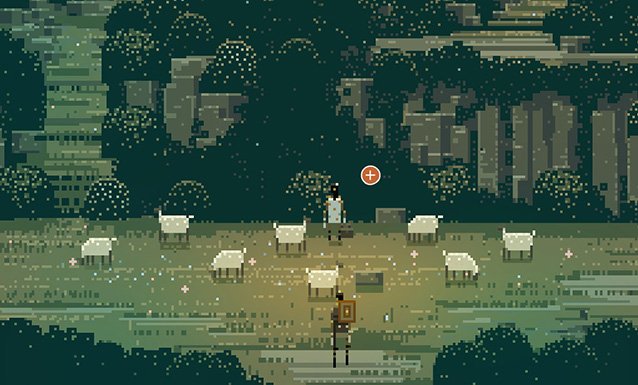
And then there's this.
In their arguments for Nintendo's actions, several people have wondered why Nintendo would be so willing to affiliate their company with the awful crassness of a Let's Play video. What value can a terrible Let's Play video contain anyway?
And this argument circles back, in fact, toward my original point about "fair use": Let's Play videos are not gameplay videos.
They aren't footage! They don't represent a company—or who works for the company, what they represent, even the game itself—at all. Let's Play videos are, especially at their worst, an expression of the individual creating the video.
Playthrough videos aren't about the game; they're reactions to the game.
They provide commentary and critique and, of course, yelling and cursing and giggling. In no way does the content of a Let's Play video represent the ideals of, say, Nintendo. Why would Nintendo want to slap their name onto such a video, indeed.
Zack Scott has pointed out, more than once, that video games contain multiple possibilities. Or even when they don't, his real point—that no two playthroughs can ever be exactly the same—remains true. Whether you are the arbiter of a sandbox or the director of a linear story, the game always changes. Play, I have always maintained, is a creative act. People always play differently, respond differently. We are individuals with unique experiences.
Even at their most linear, video games are still not like film. They are like stage plays. Every performance of a play, no matter how rehearsed, is still subtly different, for both the actor and his audience. And this holds importance and value, not only on an aesthetic level, but on an emotional one.
Each playthrough is, at least potentially, a unique human experience. Kudos to Nintendo for setting the stage, but from a performative vantage, Nintendo owe these YouTube players and actors big time.
Nintendo have a great deal at stake here. It's wonderful when people post playthroughs of games—there's no better advertisement. And when Nintendo's ads don't pop up on playthrough videos, it totally transcends advertising. The videos become sincere, authentic endorsement.
By putting Nintendo's name onto absolutely any video that contains their footage, Nintendo stand to cheapen their own endorsements, while simultaneously adding credence to playthroughs that read as negative. (This could be called "brand diffusion.")
Ultimately, what Nintendo would learn well to do—what Nintendo, in the last decade or longer, have never quite learned to do—is trust their players.
Instead, Nintendo are so hung up on controlling their image, they've lost the plot. And for a while it was even forgivable. Unfortunately, there is nothing so damning as looking insecure.
---
Jenn Frank is a veteran game journalist. EGM in 2005, 1UP.com CM 2006-2008. You can find more of her video game writing at Unwinnable, Vice Motherboard, Paste, Kill Screen Magazine, NYTimes ArtsBeat. She is also the voice of Super Hexagon.



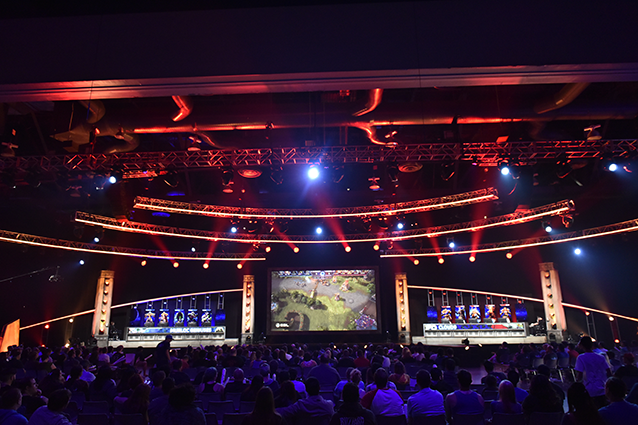
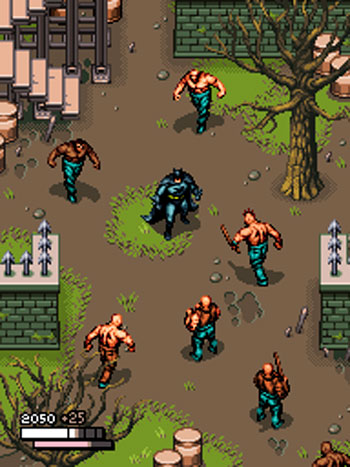 Amazing Demake Mockups of Some of the Best Recent Games
Amazing Demake Mockups of Some of the Best Recent Games Dominate The Crucible in Destiny With These 5 Simple Tips
Dominate The Crucible in Destiny With These 5 Simple Tips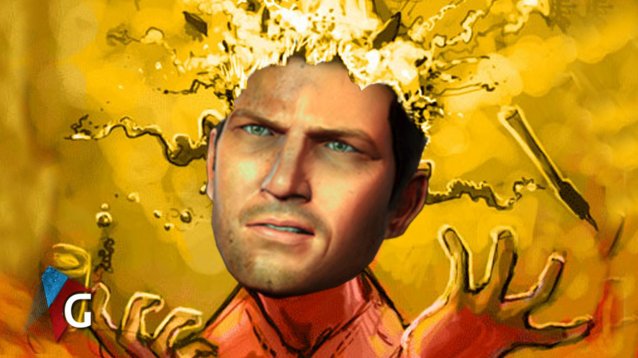 Top 10 PlayStation Facts & Secrets Thatll Blow Your Mind
Top 10 PlayStation Facts & Secrets Thatll Blow Your Mind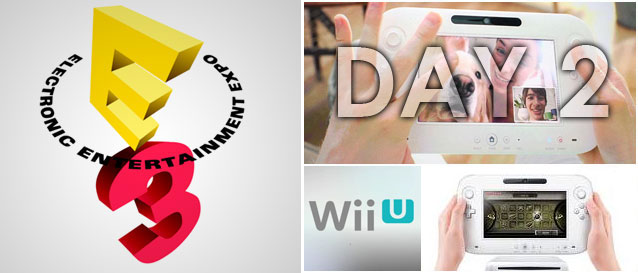 E3 2011: Day 2 Summary
E3 2011: Day 2 Summary Fallout 4 Companions Guide: The Complete List
Fallout 4 Companions Guide: The Complete List